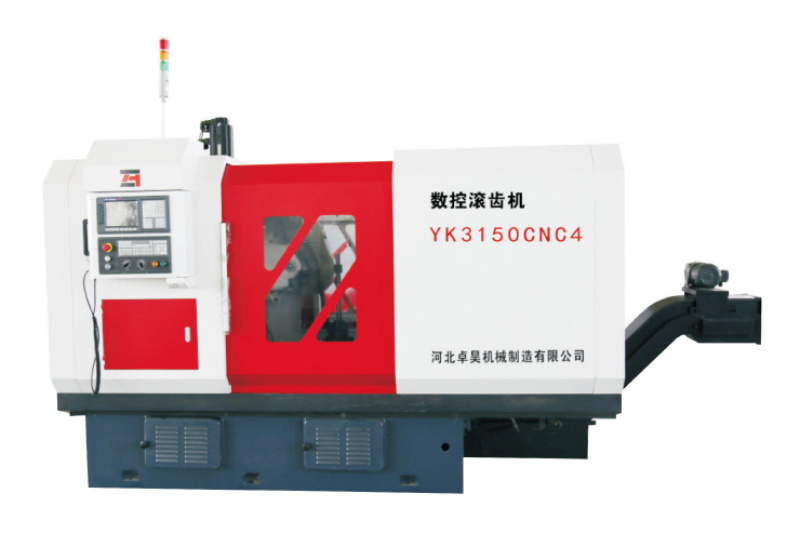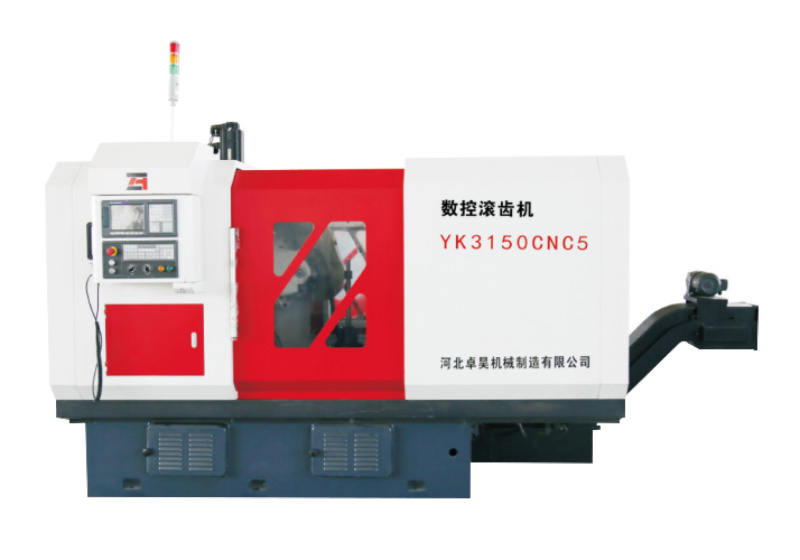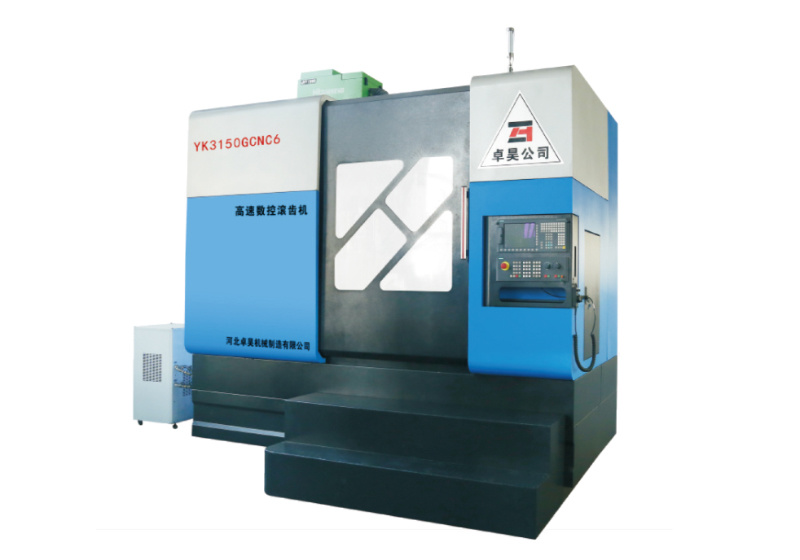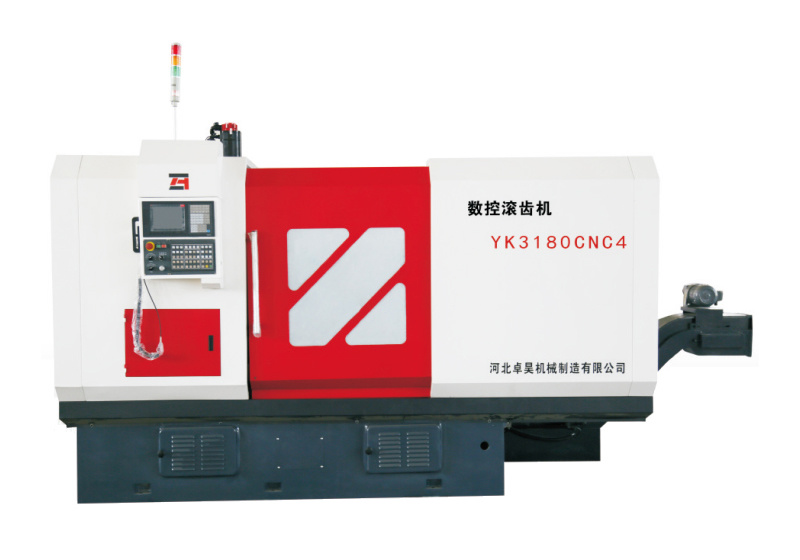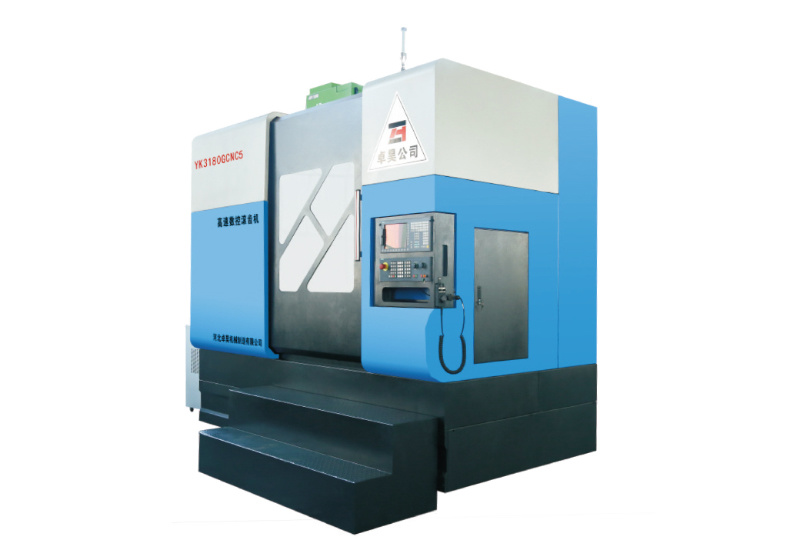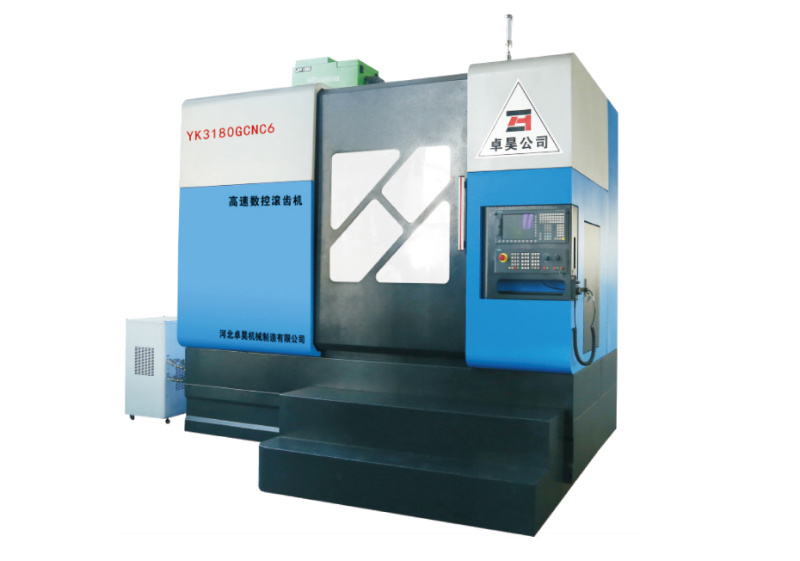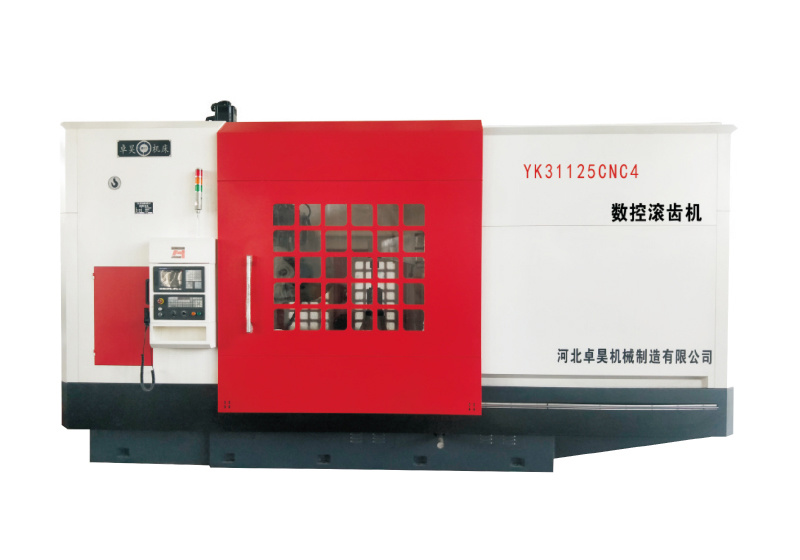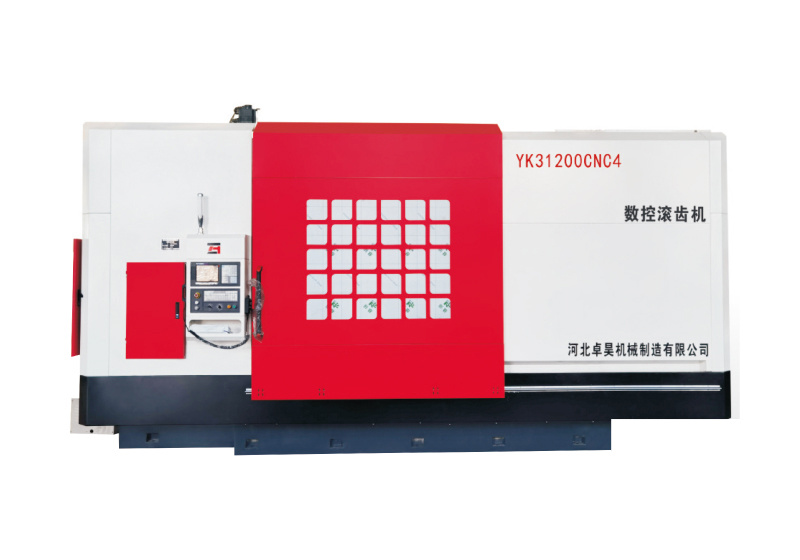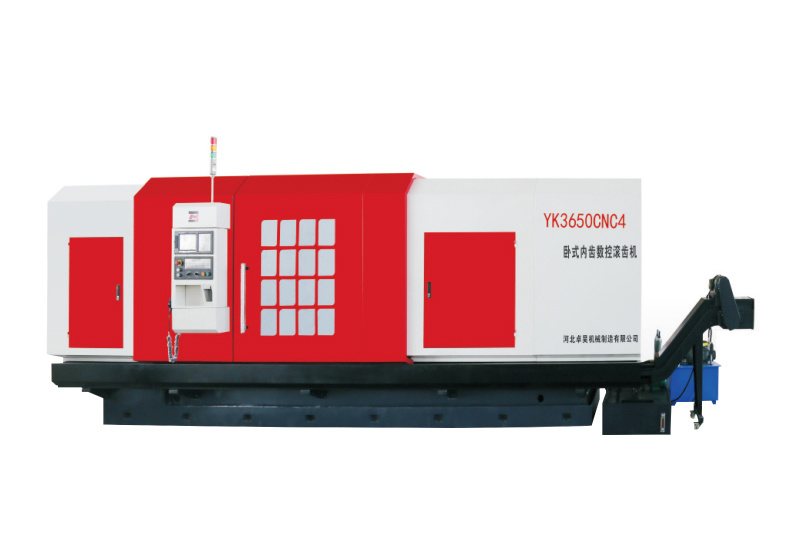Common problems and solutions when using gear hobbing machines
2020-10-20
The gear hobbing machine must insist that the direction of hobbing motion is the same as the tooth direction of the gear to be cut, but because the hobbing teeth are located on a spiral line, the direction of the hobbing gear and the axis of the tooth hob are not straight. Therefore, it is necessary for the gear hobbing machine to turn the tool holder at an angle so that it is consistent with the tooth direction of the gear. When hobbing, the rotation angle is the helix angle of the hob. When hobbing helical gears, the hobbing machine also determines the size and direction of the turning angle based on the helical direction and helix angle of the helical gear.
When hobbing, it is necessary to keep the movement direction of the hob cutting teeth in the same direction as the tooth direction of the gear being cut. However, because the hob cutting teeth are located on a spiral line, the direction of the cutter teeth of the hob shaft is not straight. Therefore, it is necessary to turn the tool holder to an angle so that it is consistent with the tooth direction of the gear. When rolling a spur gear, the angle of rotation is the helix angle of the hob. When tapping into a helical gear, the size and direction of the steering angle must be determined based on the helical direction and helix angle of the helical gear.
The cumulative error in the tooth pitch of the machined gear exceeds the tolerance range. The indexing worm pair on the hobbing machine table is not adjusted correctly or is worn, which causes the accuracy of the machined parts to be somewhat out of tolerance, resulting in the accuracy of the machined gears being out of tolerance, and the radial circle of the machined gears is also out of the tolerance range. A large amount of hob spindle error and axial movement can also cause this excessive error.
Contact Us
Service Phone:
+86-13630891203, +86-13930960916
E-mail:
554590975@qq.com
Address:
No.16, Xingwan Industrial Zone, Ren County, Xingtai City, Hebei Province


